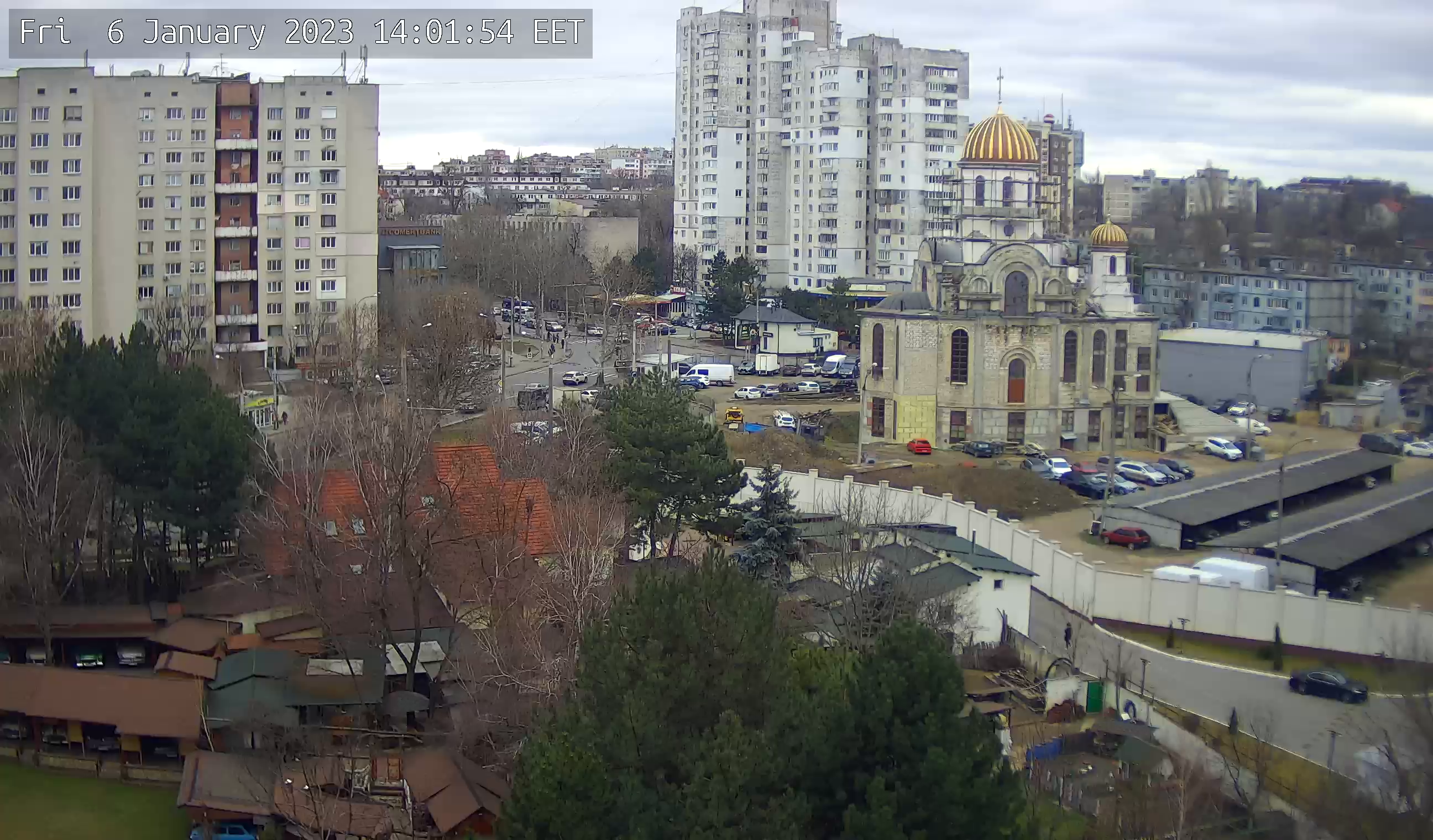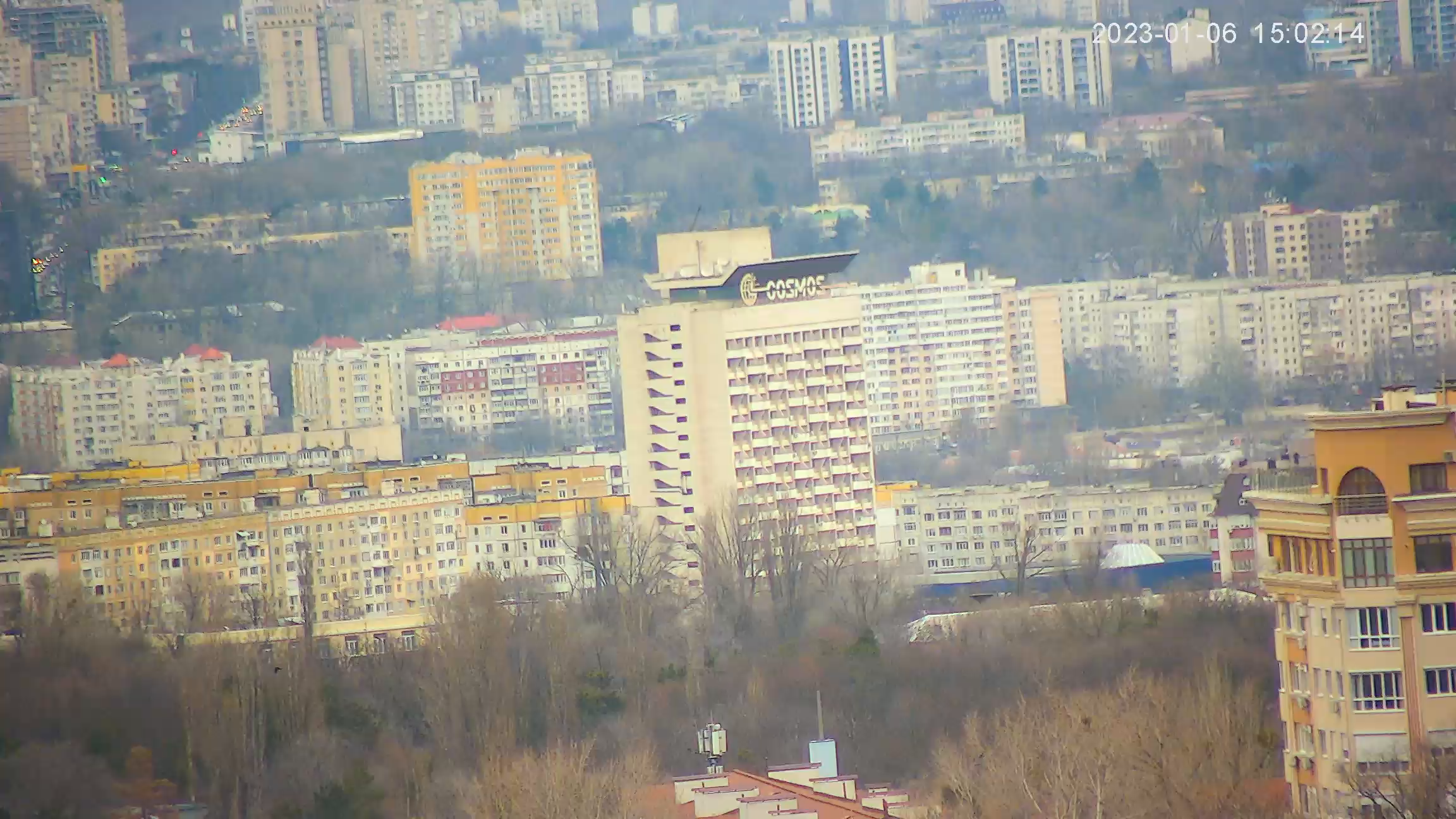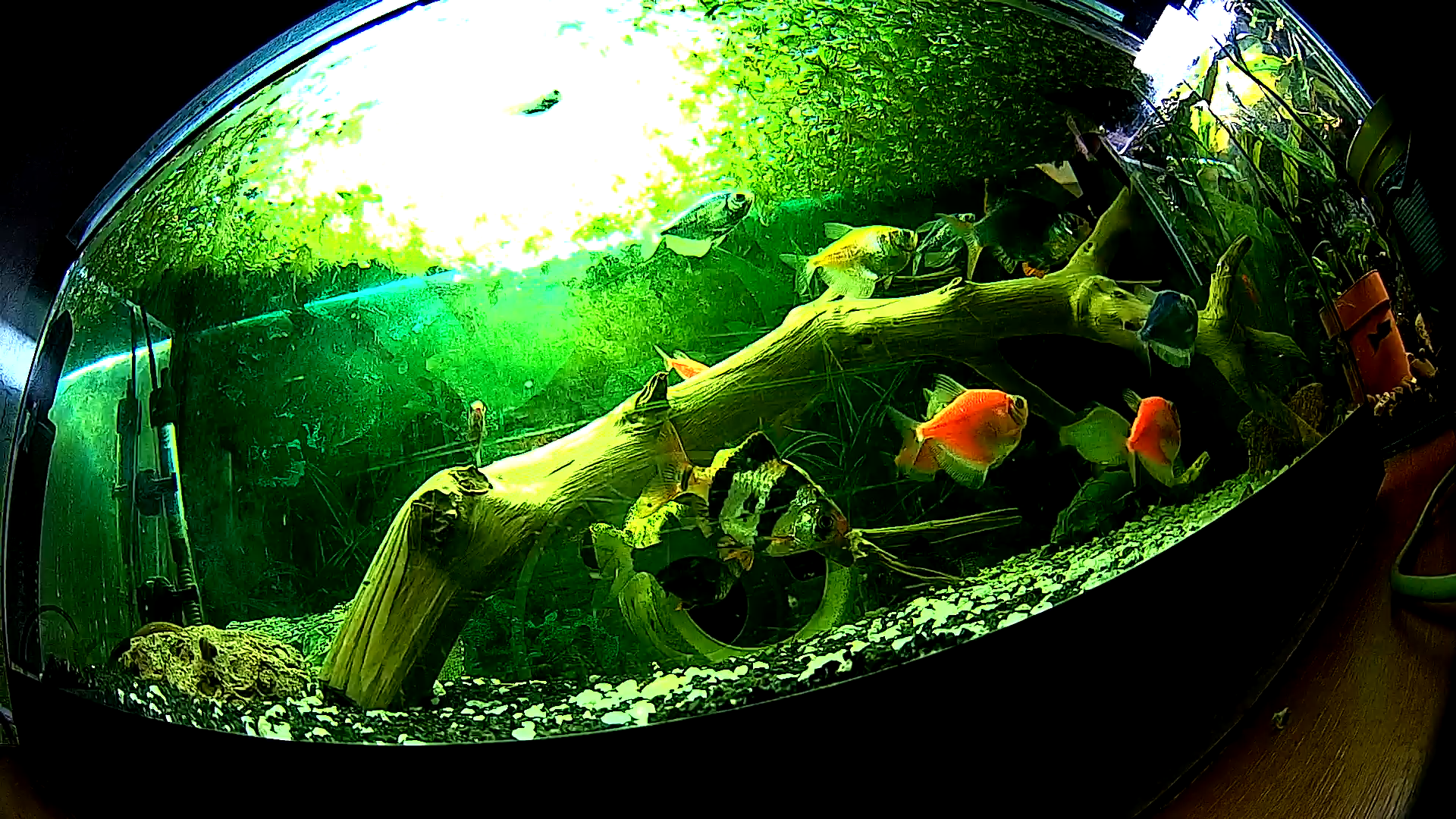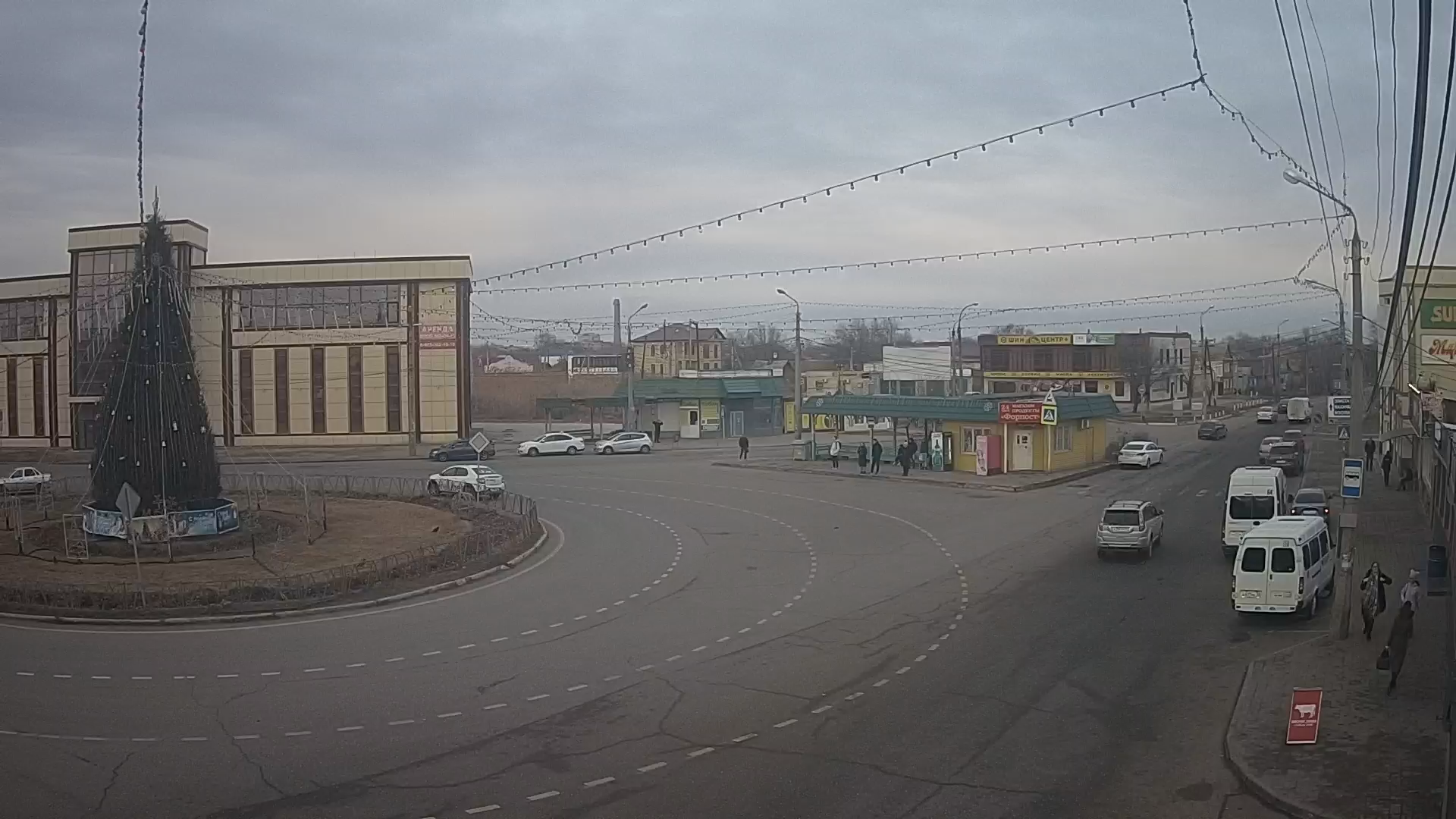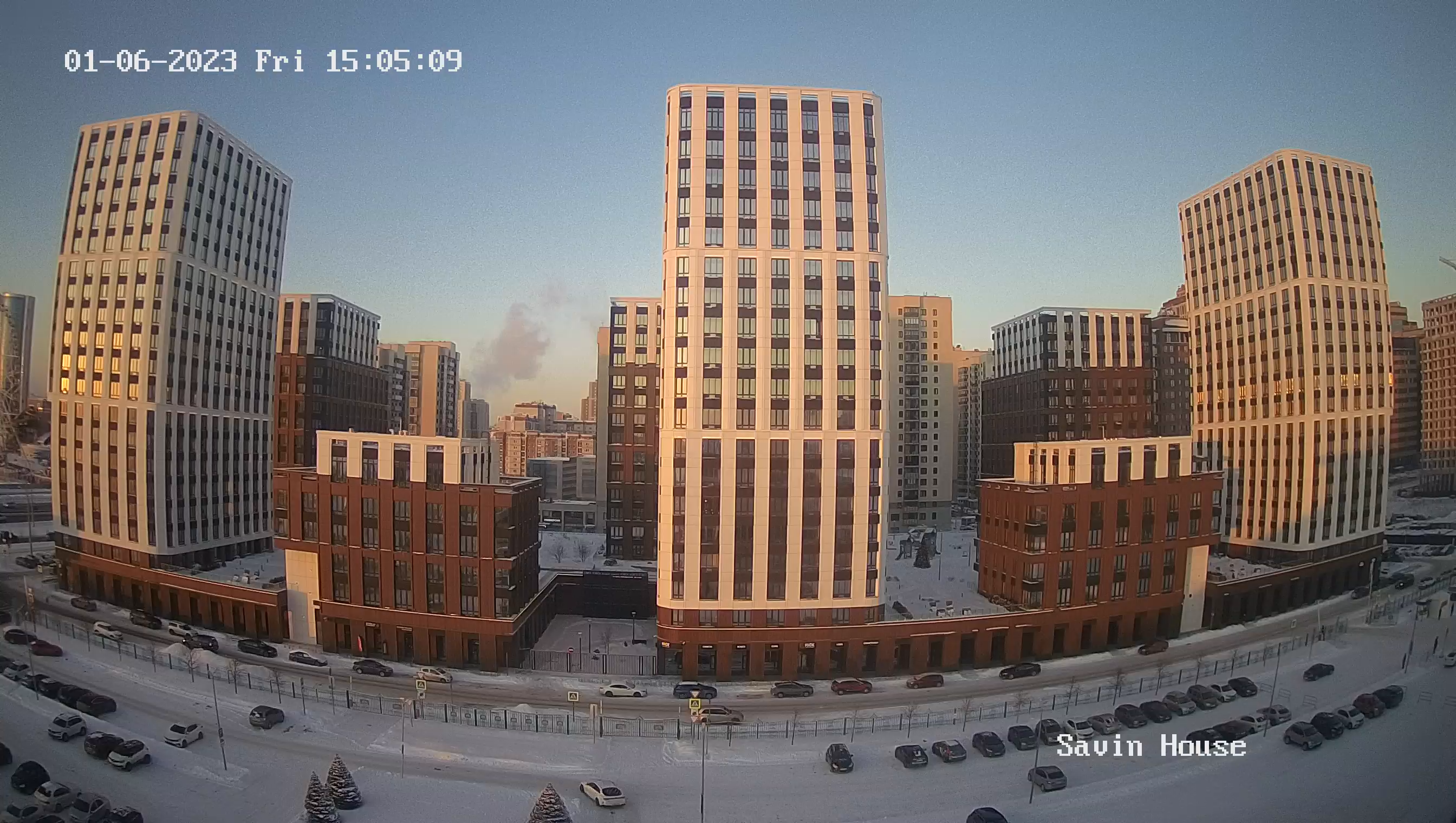Kondopoga online camera. Komsomolskaya Street, Gorky Street (Karelia)
Kondopoga is a small town in Karelia, located on the shore of the Kondopoga Bay of Lake Onega, 54 kilometers from the regional center.
The first mention of a settlement on the site of Kondopoga dates back to 1495.
In the second half of the 18th century in the villages Belaya Gora and Tivdia, marble deposits began to be developed. Marble obtained from these deposits was sent to St. Petersburg. Also in the territory of the future city were found tin ore, which was delivered to the Petrovskaya Sloboda and Konchezersky ironworks.
In 1769 Kizhi Pogost became famous because of revolt of state peasants of Olonets mining plants.
In 1892 in Kondopoga township there were about 50 houses and 300 people living there.
At the beginning of the 20th century Kondopoga parish was included in Petrozavodsk uyezd of Olonets Gubernia.
In summer 1920 the Karelian Working Commune was formed from the territories of Olonets and Arkhangelsk Provinces.
In 1923 the KTC was abolished and the Autonomous Karelian Soviet Socialist Republic was formed.
In 1929 in the settlement the construction of Kondopoga Hydroelectric Power Plant was finished.
In 1938 the settlement was transformed into the town of Kondopoga.
From November 1941 to June 1944 the town was occupied by the Nazi invaders.
In the 1950s, Kondopoga was declared an all-union shock construction. New residential houses and social and administrative buildings were built.
In 1996 the city celebrated the 500th anniversary of the first documented mention of Kondopoga.
In 1999 a new coat of arms of the town was approved by the author I.V. Kabanov.
In 2001, the first carillons, capable of playing 47 melodies, were installed in the town.
In 2013, Kondopoga celebrated its 75th anniversary.

